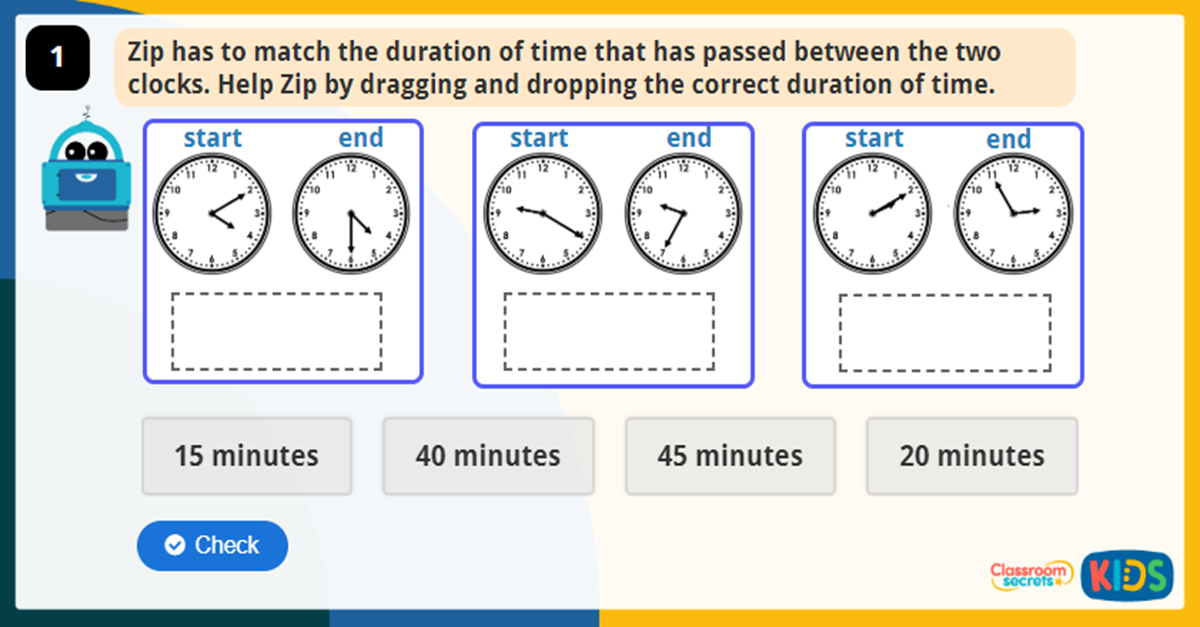

We have when storing, working with and returning this kind of data. Let's take some time to examine some options Zue, V.W.: The use of speech knowledge in automatic speech recognition.The concept of durations and TimeSpans in SQL causes lots of confusion for beginnersĪnd experienced programmers alike. In: Proceedings of 14th European Signal Processing Conference EUSIPCO, Florence (2006) Ziółko, B., Manandhar, S., Wilson, R.C., Ziółko, M.: Wavelet method of speech segmentation. Cambridge University Engineering Department, UK Young, S., Evermann, G., Gales, M., Hain, T., Kershaw, D., Moore, G., Odell, J., Ollason, D., Povey, D., Valtchev, V., Woodland, P.: HTK Book. IEEE Signal Processing Magazine 13(5), 45–57 Young, S.: Large vocabulary continuous speech recognition: a review. Wierzchowska, B.: Fonetyka i fonologia języka polskiego (Eng. IEEE Transactions on Acoustics, Speech and Signal Processing 23, 54–67 Weinstein, C.J., McCandless, S.S., Mondshein, L.F., Zue, V.W.: A system for acoustic-phonetic analysis of continuous speech. IEEE Transactions on Speech and Audio Processing 11(6), 617–625 (2003) Toledano, D.T., Gómez, L.A.H., Grande, L.V.: Automatic phonetic segmentation.


In: Proceedings of ICSLP, Philadelphia, pp. Suh, Y., Lee, Y.: Phoneme segmentation of continuous speech using multi-layer perceptron. Stöber, K., Hess, W.: Additional use of phoneme duration hypotheses in automatic speech segmentation. Russell, M., Jackson, P.J.B.: A multiple-level linear/linear segmental HMM with a formant-based intermediate layer. PTR Prentice-Hall, Inc., New Jersey (1993) Rabiner, L., Juang, B.-H.: Fundamentals of speech recognition. IEEE Transactions on Speech and Audio Processing 4, 360–378 Ostendorf, M., Digalakis, V.V., Kimball, O.A.: From HMM’s to segment models: A unified view of stochastic modeling for speech recognition. IEEE Signal Processing Magazine 22(5), 81–88 Morgan, N., Zhu, Q., Stolcke, A., Sonmez, K., Sivadas, S., Shinozaki, T., Ostendorf, M., Jain, P., Hermansky, H., Ellis, D., Doddington, G., Chen, B., Cretin, O., Bourlard, H., Athineos, M.: Pushing the envelope - aside. Państwowe Wydawnictwo Naukowe, Warszawa (1973) Jassem, W.: Podstawy fonetyki akustycznej (Eng. Holmes, J.N.: Speech Synthesis and Recognition (2001) IEEE Transactions on Speech and Audio Processing 2(4), 578–589 (1994) Hermansky, H., Morgan, N.: RASTA processing of speech. I KK: Głosowa komunikacja człowiek-komputer, Wrocław Assumptions of acoustic database for Polish language). Grocholewski, S.: Założenia akustycznej bazy danych dla języka polskiego na nośniku cd rom (eng. Grayden, D.B., Scordilis, M.S.: Phonemic Segmentation of Fluent Speech. Glass, J.: A probabilistic Framework for Segment-Based Speech Recognition. In: Speech and Language Technology, PTFon, Poznań, vol. This process is experimental and the keywords may be updated as the learning algorithm improves.ĭemenko, G., Wypych, M., Baranowska, E.: Implementation of grapheme-to-phoneme rules and extended SAMPA alphabet in Polish text-to-speech synthesis. These keywords were added by machine and not by the authors. The obtained data were compared with the expected values according to phonetic literature. The collected data are presented in the paper (average values for all available male speakers and for some chosen ones), along with comments on the corpus and the used method. An additional source of information for a case of speech segmentation was obtained. These natural phenomena could be used in phonemes parametrisation and modelling. A corpus of spoken Polish was used to collect statistic values of real language and evaluated to be applied in an automatic speech recognition and speaker identification systems. Phonemes are of different lengths, varying from 30 ms to 200 ms. Statistical phonetic data for Polish were collected.


 0 kommentar(er)
0 kommentar(er)
